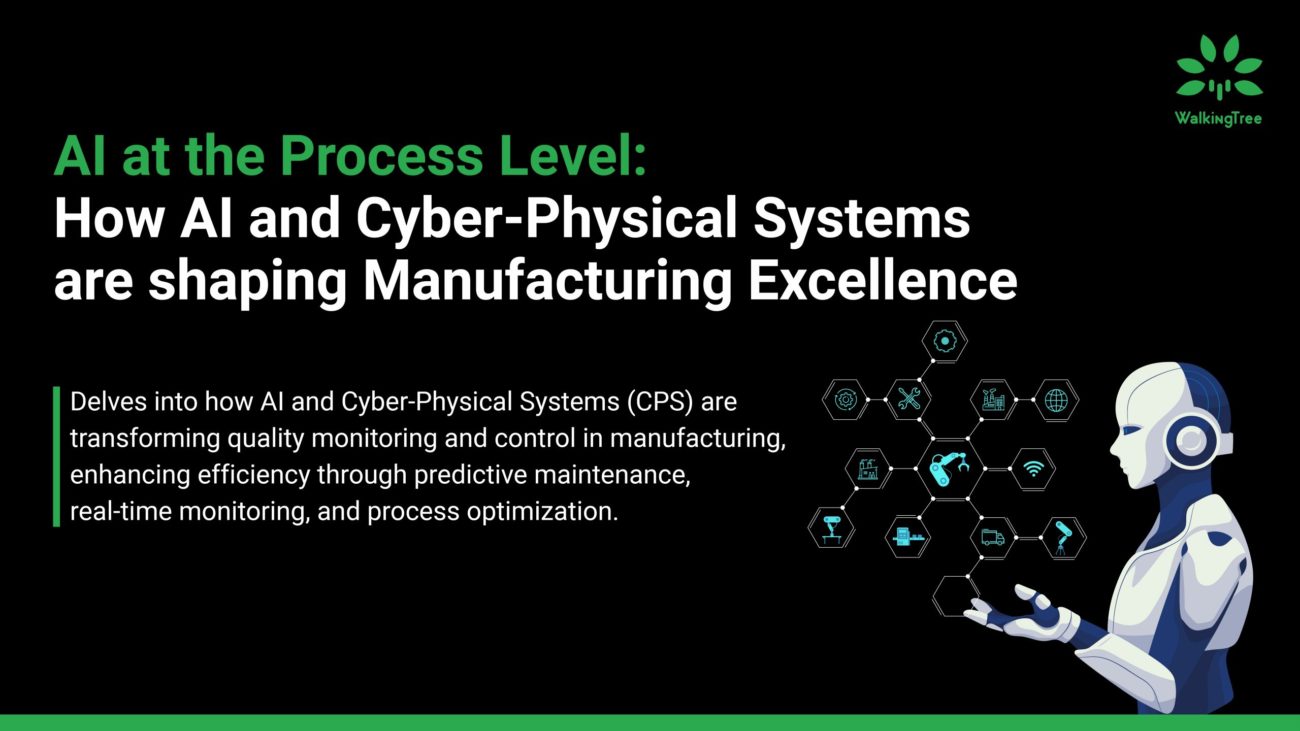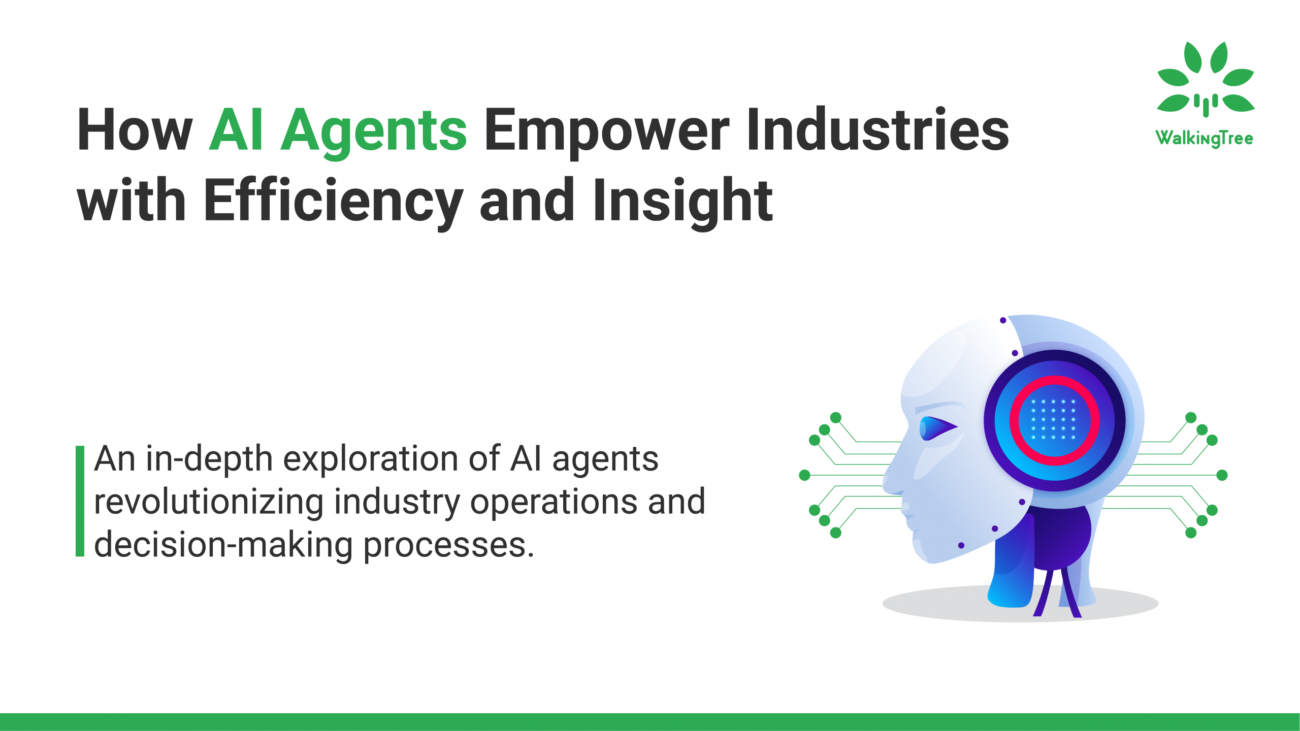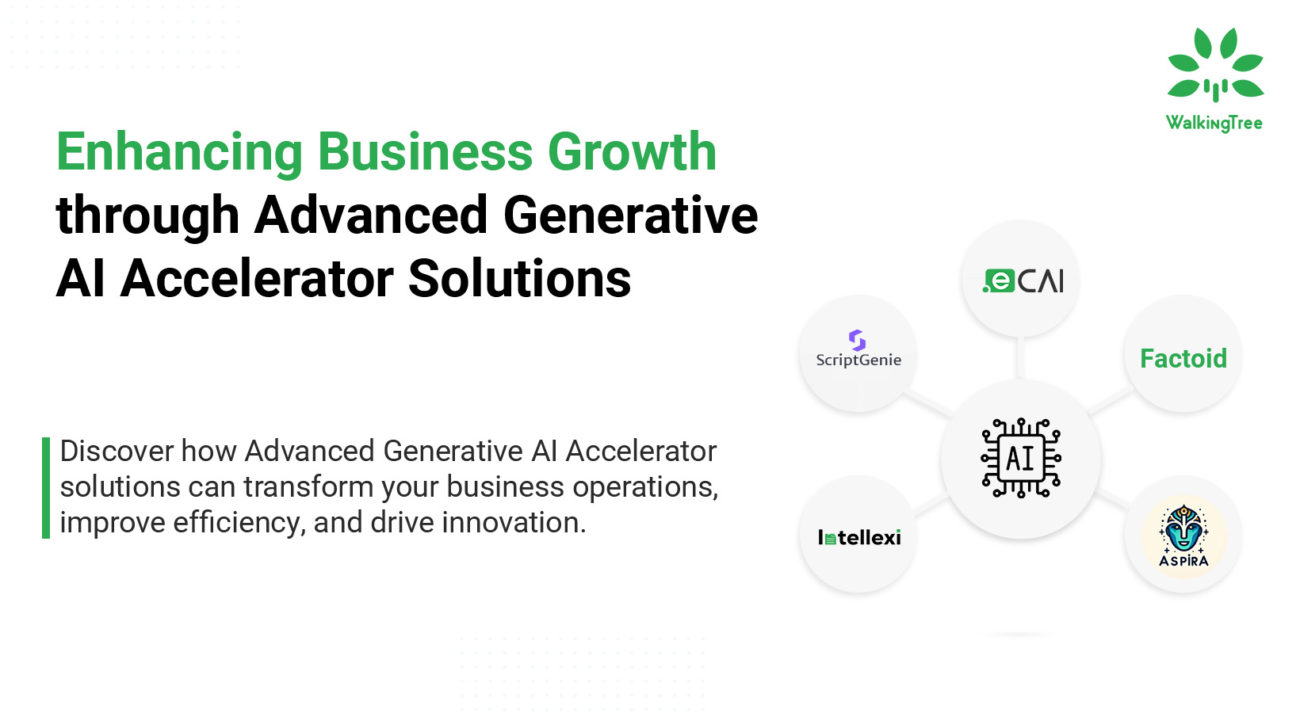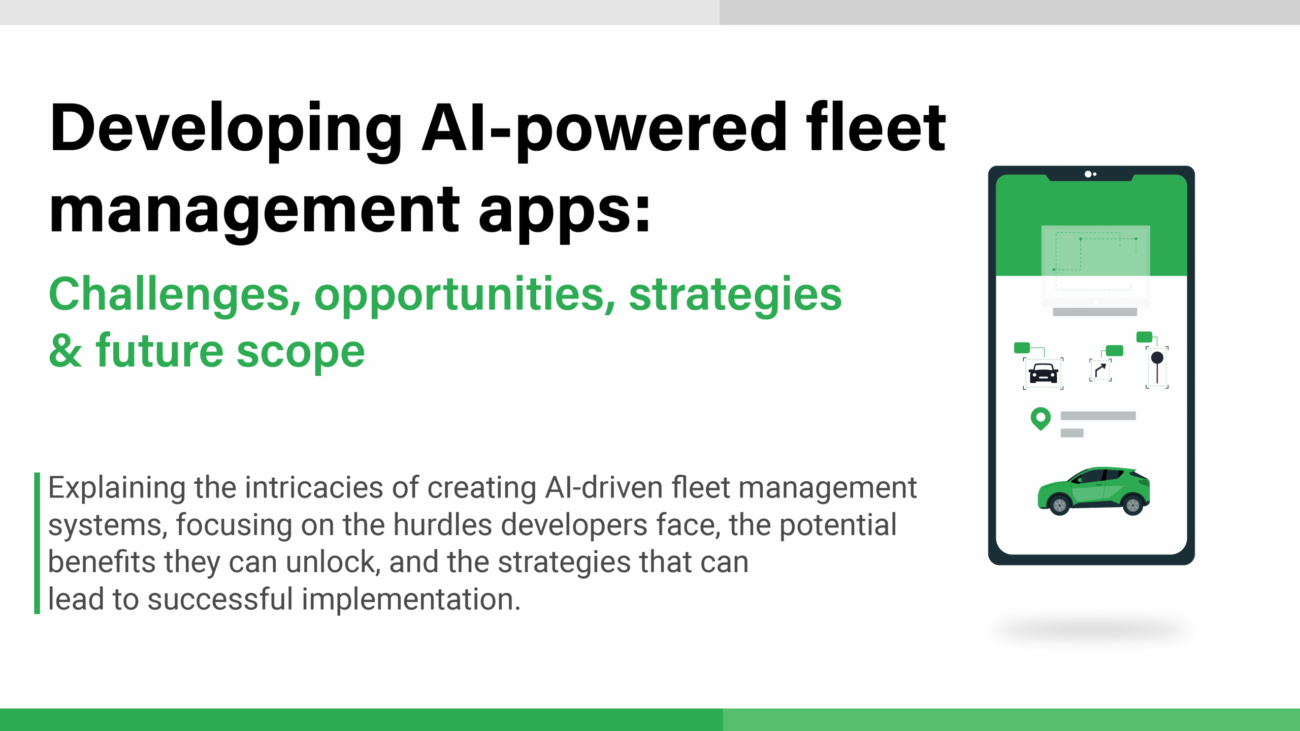Reconsidering Digital Transformation
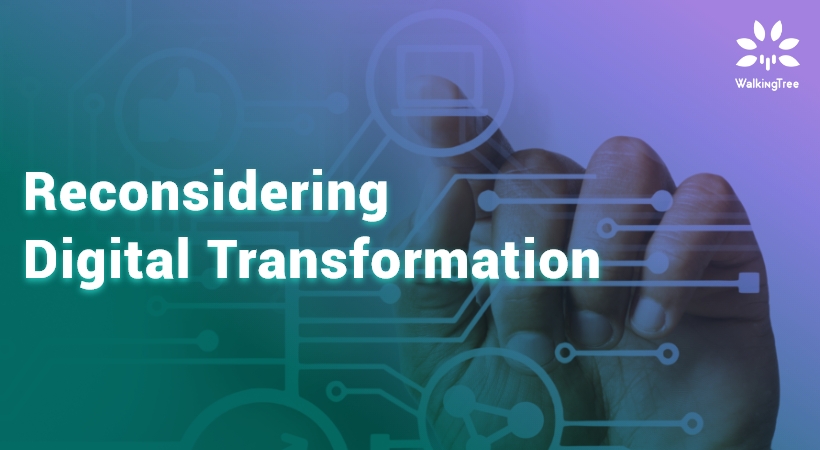

COVID-19 is driving businesses to rethink their digital business strategies in a way that provides a seamless customer experience while enhancing the capability of long-distance collaboration, identify the advantage of new technologies, and enable online and digital formats of business expansion and operations.
We have been discussing various components of an enterprise’s digital transformation. Covid-19 has led to situations like the need for information, online business operations, employees to work from home as much as possible. Nevertheless, it made businesses realize that they must reconsider their products/services and the technologies they use, to remain competitive in a world of social distancing. A need to speeden up the digital transformation process became essential and imperative. Most of what we expected to happen soon is now taking place right now.
The pandemic revealed a strong digital divide: businesses that had already invested in digital operating models did much better than those that had not. In reality, the digital capabilities of many companies are vital to their operational continuity. A 2020 research says that 63% of IT leaders accelerated or sustained digital transformation programs during COVID-19 while 37% reduced digital investment. 2020 was a year of constant upheaval, and its lightning-fast changes necessitated an equally lightning-fast ability to adapt.
The greater the use of emerging technology during the crisis, the better the company performed. However, companies with underdeveloped digital technologies should not be disheartened. They can simply scale up with many technologies/services available in the market. It is because the lessons that we have learned from the pandemic entails that the more digitized a business is, the more chances to survive in the market and have continuity. In digital transformation, there are three types of priorities: survival, cost, and creativity. This includes incorporating digital tools for business continuity, using modern technology to minimize costs, and creating new products, services, or revenue streams.
Companies who were farther along with their digital technology implementations were better able to change their priorities, plans, and expenditures in real-time as the pandemic wreaked havoc on workforces, supply chains, and bottom lines around the world. Those businesses who rushed to incorporate and optimize the benefit of automated tools fell behind their rivals and were unable to effectively counter the pandemic’s unpredictable effects.
There is no question that leaders all over the world are thinking differently to usher in a time of prosperity and social advancement. In this blog let us revisit and discuss some compelling factors that force the organizations to invest in a later stage and help us create a roadmap to the future.
Growth of Digital Transformation
The transition from conventional to modern digitized business models makes it easier to introduce more technologically advanced goods and services. The potential of digital transformation is to streamline and integrate all company processes to improve business performance quality. It assists companies in streamlining their operations to save time, effort, and money by replacing conventional processes with automation, thus lowering the user error rate. Rapid commoditization necessitates differentiation, and specialization trumps all other strategies for differentiating, creating value, and enabling development. New brands and alternative goods and services continue to challenge conventional revenue sources, and businesses in every sector are looking for new, possibly non-traditional revenue sources.

As the modern machine age allows information automation, concept creation (rather than physical production) becomes the next innovation. We speak a lot about innovation as a driver of growth, but innovation cannot drive growth without an enabling business framework. Much transformational work to the very structure of our businesses is required for growth to benefit from creativity and idea generation.
Through the introduction of software, digital transformation assists companies in enhancing their brand’s image, consumer engagement, and customer retention ratios. These programs assist companies in informing and preparing their internal teams on different facets of their businesses. Furthermore, digitally transformed companies will respond to the changing technological environment and deal with unexpected changes in the industry.
An In-Depth Review of transformation: Effectiveness and Efficiency
Our search for effectiveness will be a bigger challenge in the coming decade. The word “digitization” is often tossed around loosely as a solution to declining revenues and remaining competitive in the industry. Unfortunately, for most businesses, digitization means going online and to the rest, it remains going online. However, digitization is more than that. It simply refers to the ability to be effective, fast, and adaptable to stay ahead of the pack by leveraging design and technology as enablers.
 A digital transformation development is a strategic plan that focuses on interconnected digital media platforms, emerging technology adoption, and smart, digital ways of working. The ability of an entity to restructure while staying secure is referred to as adaptivity (and cyber secure). Adaptivity is the ability to quickly integrate new systems while remaining alert to newer, even more, effective systems. An efficiency program prioritizes cost, quality, and productivity, and nothing in our current environment indicates a shift in interest.
A digital transformation development is a strategic plan that focuses on interconnected digital media platforms, emerging technology adoption, and smart, digital ways of working. The ability of an entity to restructure while staying secure is referred to as adaptivity (and cyber secure). Adaptivity is the ability to quickly integrate new systems while remaining alert to newer, even more, effective systems. An efficiency program prioritizes cost, quality, and productivity, and nothing in our current environment indicates a shift in interest.
The exploration for the ability to deliver desired results and goals will be the focal point of a decade-long journey centered on development. As previously stated, it is no longer sufficient to be effective. Those who can work successfully in a business environment that promises to control for at least the next two decades will be successful. In the case of productivity, the following stage of the journey for gains has arrived, as businesses have reached the efficiency wall. However, something more important is happening, as the pace of business demands that we be more than just efficient– but effective.
Differentiation
Differentiation is the method of highlighting the distinctions between goods and services. It seeks to increase the attractiveness of an offering by comparing its unique attributes with those of competitors. Customers should perceive these products as special or superior if differentiation is effective. Companies will constantly look to incorporate knowledge into their goods and services as a means of differentiating themselves. Here are several initiatives and techniques that should be used in differentiation programs:
- Allow for differentiation by co-creating next-generation experiences and all stakeholders must be involved in envisioning and implementing the experience.
- The coming transformative era will position idea creation at the core of the business universe, necessitating a well-thought-out approach to innovation as a culture and method.
- Specialize and concentrate on key aspects to create value, and automate the rest so that it forces an emphasis on our core competencies – or the things we do better than anyone else.
- Interaction or interaction efficacy becomes important as familiarity becomes a larger part of differentiation strategies and multiple partnerships are leveraged to build value.
- The level of personalization needed for differentiation would necessitate much more from enterprise information management than is currently being provided.
- Look for ways to distinguish yourself by the use of information, and discuss the information excellence needed to sustain this product and service strategy.
The critical need to distinguish, as well as the ineffectiveness of conventional methods of differentiation, are driving forces behind the potential business investment.
Societal Change

Digital is the main catalyst of social change unprecedented since the first industrial revolution, affecting every part of society from industry to war. The Internet accelerated globalization, and now the wider digital platform enables even a start-up to be global from the start. It all begins with being linked, and no networking medium has ever been embraced as easily or broadly as social media. Here are some of the policies and strategies that are currently being used to help programs dealing with social change:
- All is being reimagined, and social developments are affecting the heart of long-standing market frameworks. Finally, it is either a constructive orchestrated transition or a reactive scramble to stay viable.
- Aside from technology, the work environment must provide opportunities for workers to excel. Working in a command and control environment where empowerment at the edge is needed is the quickest way to frustrate a next-generation worker.
- Social technology enables very efficient communication, coordination, and collaboration across a growing value ecosystem.
- The transition from a product-centric to a customer-centric model will help place the consumer at the center of the enterprise.
The aim is to find compelling reasons for an organization to embark on a transformational path, even if the reasons are not yet apparent.
Digital DNA
Digital DNA describes how an entity is structured, works, and behaves digitally. Organizations in all industries must evaluate and develop the digital skills required to expand and leverage new business channels to compete in the digital age. When we consider the forces that drive change and the possible areas of investment over the next decade, developing Digital DNA appears to be the safest bet. The following are the motivations for the Digital DNA forcing function:
- Creativity, innovation, and other enabling characteristics will be critical for future development.
- Having worked within value ecosystems necessitates a distinct collection of characteristics to be efficient.
- Traditional businesses must possess these enabling characteristics in this emerging market climate.
- These features will be important for engagement, distinction, and next-generation experiences.
- Internet and start-ups Companies are well prepared to work in this new world – and can use this to gain a competitive advantage.
Although evaluating the next technology development investment is difficult at best, it is not challenging to see the need to allow digital enterprise features. Apart from these, there can be many things discussed when it comes to Digital DNA like social media, IoT, etc. However, here the main objective is to empower businesses with digital tools and capabilities and to sustain a digital mindset throughout the organization.
Conclusion
The most important opportunity for modern-day business is digital transformation. It’s not so much a matter of option as it is of understanding how to navigate it. Although all three conventional change levers – individuals, method, and technology – must play their roles, it is undeniably data that distinguishes both the necessity and the potential of today. Lessons learned in 2020 will be important components of this year’s and future digital transformation plans and investments.

